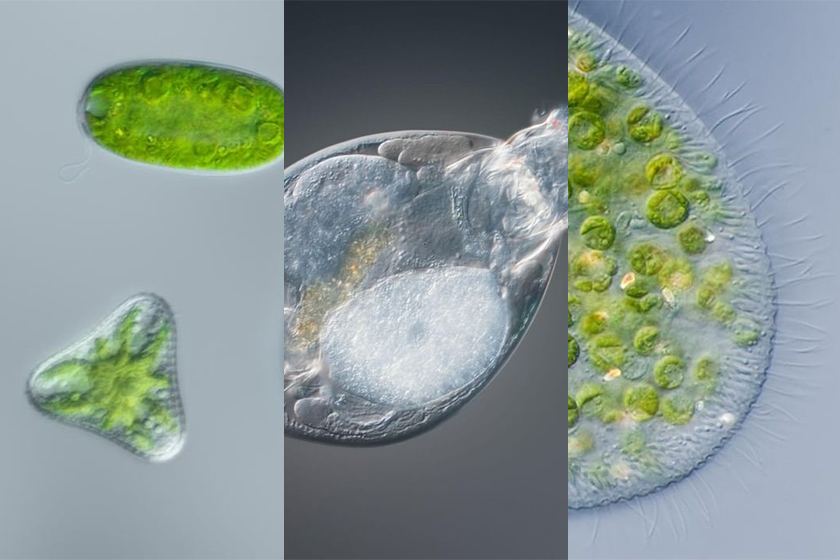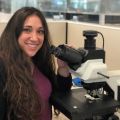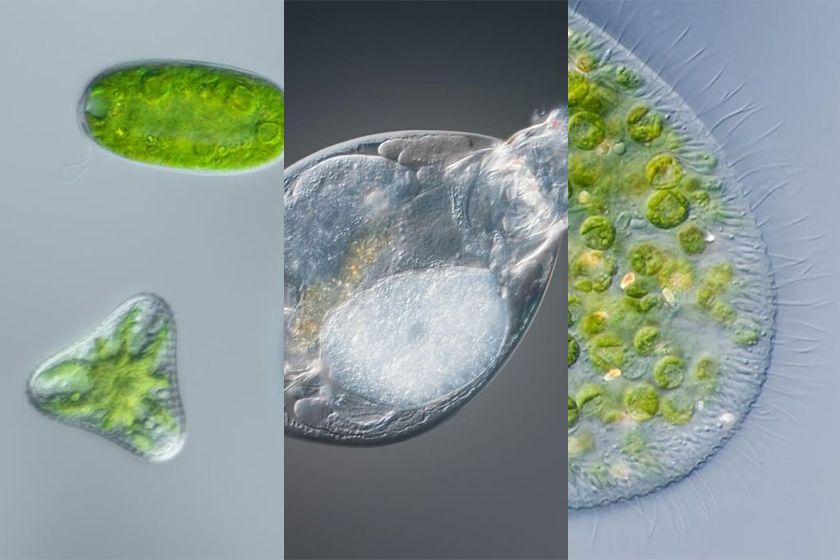The new decade has begun! The new year comes with new year’s resolutions, and over at the Olympus Life Science Instagram account, we resolve to continue sharing beautiful images! Check out January’s top 5 below.
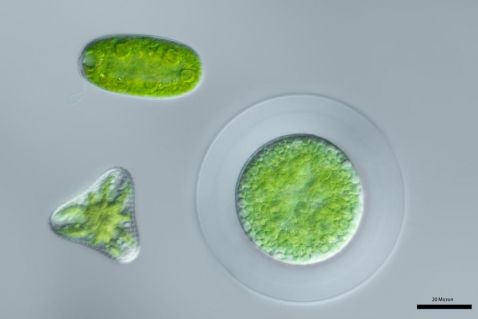
Not only are diatoms beautiful, but they also produce the oxygen we breathe in every day! It’s estimated that they are responsible for producing between 20% and 50% of the earth’s oxygen each year.
Image courtesy of Linden Gledhill.

This species of ciliate (Paramecium bursaria) has a mutualistic endosymbiotic relationship with Zoochlorella green algae. The green algae provides the ciliate with food, while the Paramecium provides the algae with movement and protection inside its cytoplasm. P. bursaria is the only species of Paramecium that forms symbiotic relationships with algae and is often taught in biology classes as a common example of symbiosis.
Image courtesy of Linden Gledhill.

Did you know? Rotifers, commonly called wheel animals or wheel animalcules, have a complete digestive system, including stomach and intestines. Because of their transparent bodies, you can often see these organs as well as the food that they've consumed under the microscope!
Image courtesy of Håkan Kvarnström.
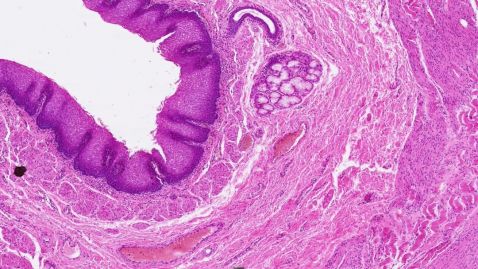
Did you know? Your trachea is approximately four inches long and is comprised of 16–20 rings made of flexible hyaline cartilage that keep the airway from collapsing. They quite literally make you breathe easier!
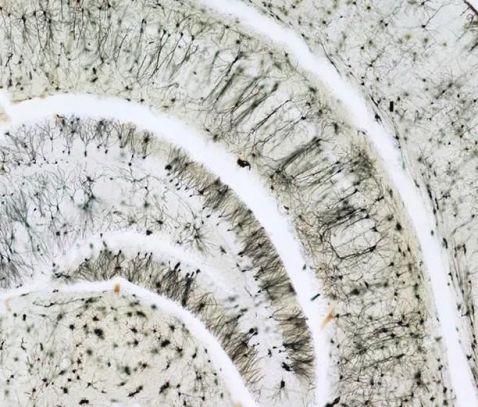
The hippocampus is a major component of the brain. Humans and other mammals have two hippocampi, one in each side of the brain. A part of the limbic system, the hippocampus plays an important role in both the formation of short-term and long-term memories, as well as in spatial memory that enables navigation. Here we can see the hippocampal region of a mouse's brain.
Image courtesy of Ahmad Salehi, MD, PhD.
And the most popular video of the month:
Related Videos
Here we watch 10 developing embryos of Volvox rousseletii, a polyphyletic genus of chlorophyte green algae. This specimen consists of approximately 5,000 cells arranged in a monolayer at the surface of the transparent sphere. At the end of its embryogenesis, each embryo goes through the process of "inversion," where they turn themselves inside out.
Video courtesy of Kentaro Kabuki.
To see more images like these, be sure to follow us on Instagram at @olympuslifescience!
Interested in sharing your own images?
Visit our image submission site.
